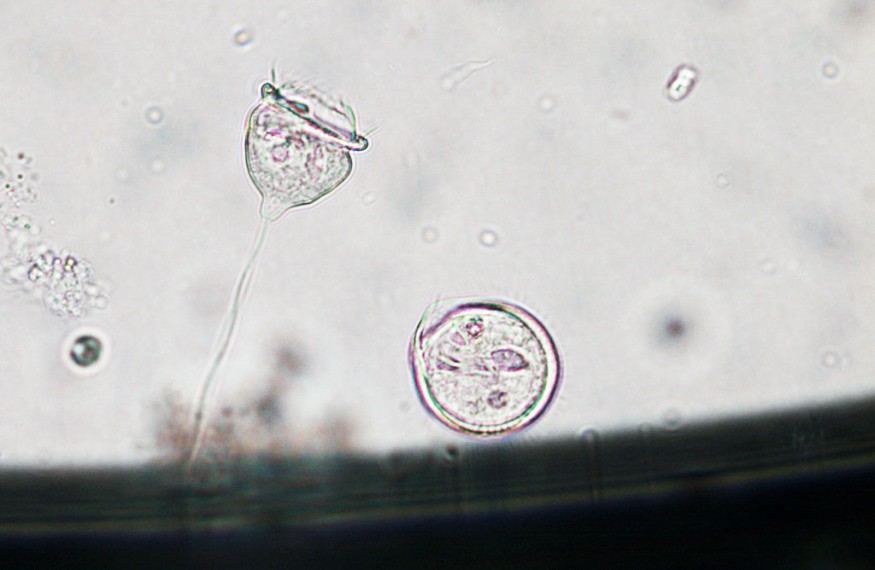There is a deadly biological phenomenon in the form of antibiotic resistance or antimicrobial resistance wherein pathogens mutate over a period of time to adapt against the effects of antibiotics and medicines.
Since the conception of medicines, antibiotic resistance has remained to be a challenge amongst medical professionals until today.
It has been known that antimicrobial or antibiotic resistance has been a developing threat in the health care industry-as sick patients tend to resist medicated drugs due to the pathogens inside them.
However, a groundbreaking study magnifies a specific process by pathogens to resist drugs.
Researchers from the United States Duke University in Durham, North Carolina; and the University of Connecticut in Storrs, Connecticut, have discovered how the Staphylococcus aureus bacteria use the so-called mirror images process to cause antibiotic resistance.
Challenges in the Healthcare Industry

Highlighting the severe healthcare crisis due to antimicrobial resistance, the new study has been published in the journal PLOS Computational Biology on Feb. 10. Researchers examined the ability of the Staphylococcus aureus to resist medicated drugs.
Being an ongoing threat and crisis in the healthcare industry, the researchers looked into the antibiotic resistance phenomenon at the pathogenic or microscopic level to better conclude how a single and small mutation can significantly make a difference to the effect of drugs.
Also read: Antimicrobial Resistance or Drug-Resistant Pathogens, Leading Cause of Death Globally: New Study
Pathogen-Level Resistance
The so-called resistance pertains to pathogens, including bacteria, fungi, viruses, and parasites; which mutate over time to adapt and resist the effects of antibiotics and medicines, as per the World Health Organization.
When a pathogen-level resistance occurs, the pathogens will no longer respond to the curing effect of medicines. Unlike the onset of medicines in the past, pathogens of today have a higher tendency to resist medications applied to their human hosts.
Mirror Image or Replication
In the new study, the scientists examined the methicillin-resistant Staphylococcus aureus (MRSA). MRSA is one of the many instances of bacterial infection-which has already become resistant to a majority of antibiotics used against staph infections, as per Phys.org.
Due to this problem, the research team analyzed the dihydrofolate reductase, an enzyme targeted by antibiotics when fighting against MRSA infection. They found that the well-known resistance mutation F98Y occurred.
During the resistance mutation, the researchers found the Staphylococcus aureus bacteria created a copy of itself with the F98Y, also called a mirror image. In summary, the bacteria were able to avoid the antibiotics through replication.
Furthermore, when the mutation happened, the structure of the bacteria has already changed. As a result, the antibiotics had no longer recognized and affected the infection.
Leading Cause of Death Globally
Amid the widespread damage caused by the COVID-19 pandemic, a previous study published in the journal The Lancet on Jan. 19 concluded that antimicrobial resistance is the leading cause of death globally.
The reality behind the resistance manifests from the natural capabilities and attributes of pathogens. Given this, pharmaceutical companies, along with the scientific community are in the race against the constant mutation of these pathogens against our antibiotics and medicines.
Related article : Antibiotic Resistant Germs Have Us Surrounded, Literally
© 2025 NatureWorldNews.com All rights reserved. Do not reproduce without permission.





